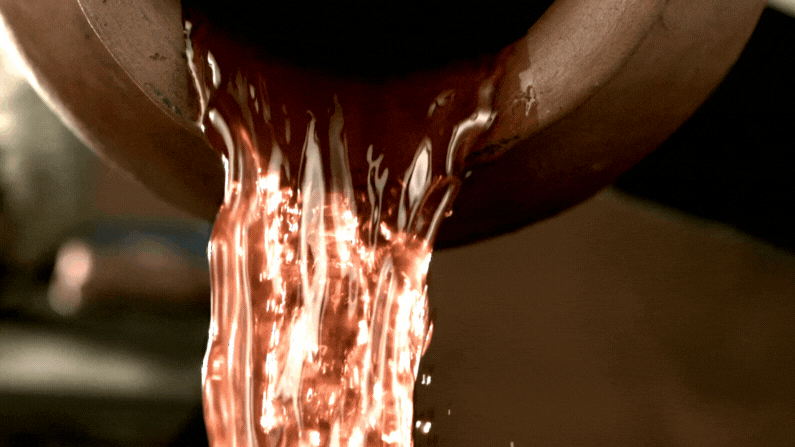
The Revival of Amphoras
The Revival of Amphoras
Why are modern wineries using them and what is their effect on wine?
If the merchants and royalty of ancient Greece, Rome and Egypt could hop into a time machine and see the resurgence of amphoras today, they would be in awe of these basic vessels that seem evidently eternal! By noticing the similarity to those that they put in burial chambers and painted on temple walls thousands of years ago, they would probably regard amphoras as divine! But why are these original winemaking vessels making a comeback in modern wineries today and what are their noticeable effects on wine?
Amphoras in the olden days

Wall painting of making wine and storing it in amphoras in ancient Egypt
(Source: Metropolitan Museum of Art)

Roman wine amphora – 2100 years old- recovered from a shipwreck in 1952
(Source: Metropolitan Museum of Art)
Amphoras were common around the world, particularly in ancient Roman, Greek, Near Eastern, and Middle Eastern civilizations, to store and transport wine. They were found with wine residue in ancient Egypt burial chambers and Phoenician shipwrecks and testify to the widespread necessity of having these wines in daily life (and afterlife) of royalties.
The use of amphora was organized as well. Different winemaking regions produced different styles of amphoras, some of which have information stamped on their handles of the origin, year, and type of wine within.
Fast forward, the traditional use of these clay vessels to ferment/store/age wine has apparently fallen out of favor with the rise of other vessels like oak barrels, stainless steel tanks, and concrete eggs. So why have they re-emerged in modern wineries today?
Reasons for the comeback:
There are 5 main reasons for amphoras gaining popularity lately:
1. Countries like Georgia and Portugal using clay jars for winemaking, uninterruptedly, for thousands of years, kept the tradition alive and raised awareness of the wines produced using these methods.
2. Clay jars are generally regarded as the vessel of choice for low-intervention winemaking and preferred for the production of orange wine, natural wine, and “terroir-driven” wine.
3. Winemakers experimenting with various vessels and winemaking techniques aim to produce artisanal wines (these can also include using concrete eggs, and big oak barrels).
4. The sustainability aspect of using amphoras, due to their long life. (Some can be used for hundreds of years if handled correctly.)
5. The romanticism of winemakers and their quest to achieve “character-driven” and “pure” wine using ancient winemaking methods and returning to the “roots”.
Georgia as the motherland
The production of wine in clay jars is believed to have started in Georgia around 8,000 years ago using a qvevri which is a big vessel that does not have handles and is pointy at the bottom. The country is considered the motherland of this winemaking method which generations have been handing down over thousands of years.
The Georgian traditional winemaking method entails fermenting the grapes in the qvevri, along with their stems, skins, and seeds, and burying them underground to keep the fermentation at a cool and stable temperature. Using white grapes in qvevri fermentation results in the production of orange wine (or “amber wine” as the Georgians call it) due to the grape skin contact with the juice. The original rise of orange wine, thanks to this method, has motivated other winemakers worldwide to experiment with producing this kind of wine, sometimes using clay vessels. It’s important to note here that not all wines made in amphoras are orange wines and not all orange wines are produced in amphoras.

The traditional Georgian qvevri winemaking was recognized by UNESCO in 2013 as an Intangible Cultural Heritage (Source: Wikimedia)

Qvevris buried underground during fermentation
Portugal as the guardian
Portugal, on the other hand, is the only country with a regulated and designated appellation for producing wines in clay pots that are called talha. In the Alentejo region, fermentation happens inside the talha and can only be accessed after Saint Martin’s Day on Nov 11, which is a Roman tradition from 2,000 years ago. It is interesting that in Alentejo there are talhas dating back to the 18th and the mid-19th century that are still in use today.
In addition to Georgia and Portugal, some of the countries with increasing amphora wine production are Armenia, Croatia, Austria, Italy, and Spain. Clay jars used in these parts of the world carry different names and they vary slightly in shape. They are referred to as dolium/anfora in Italy, pithos in Greece, tinajas in Spain, and karas in Armenia.
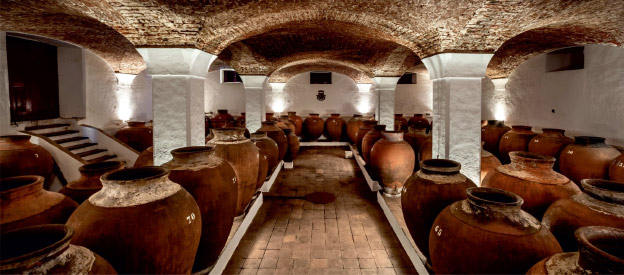
Traditional winemaking using talhas in Alentejo Portugal (Source: Code de Vino)
There is also more adoption of amphoras in South Africa as well as in the United States, especially in Oregon, where Beckham Estate Vineyard, for example, not only uses them to make wine but also craft amphoras to sell to other wineries keen on exploring these earthen vessels.
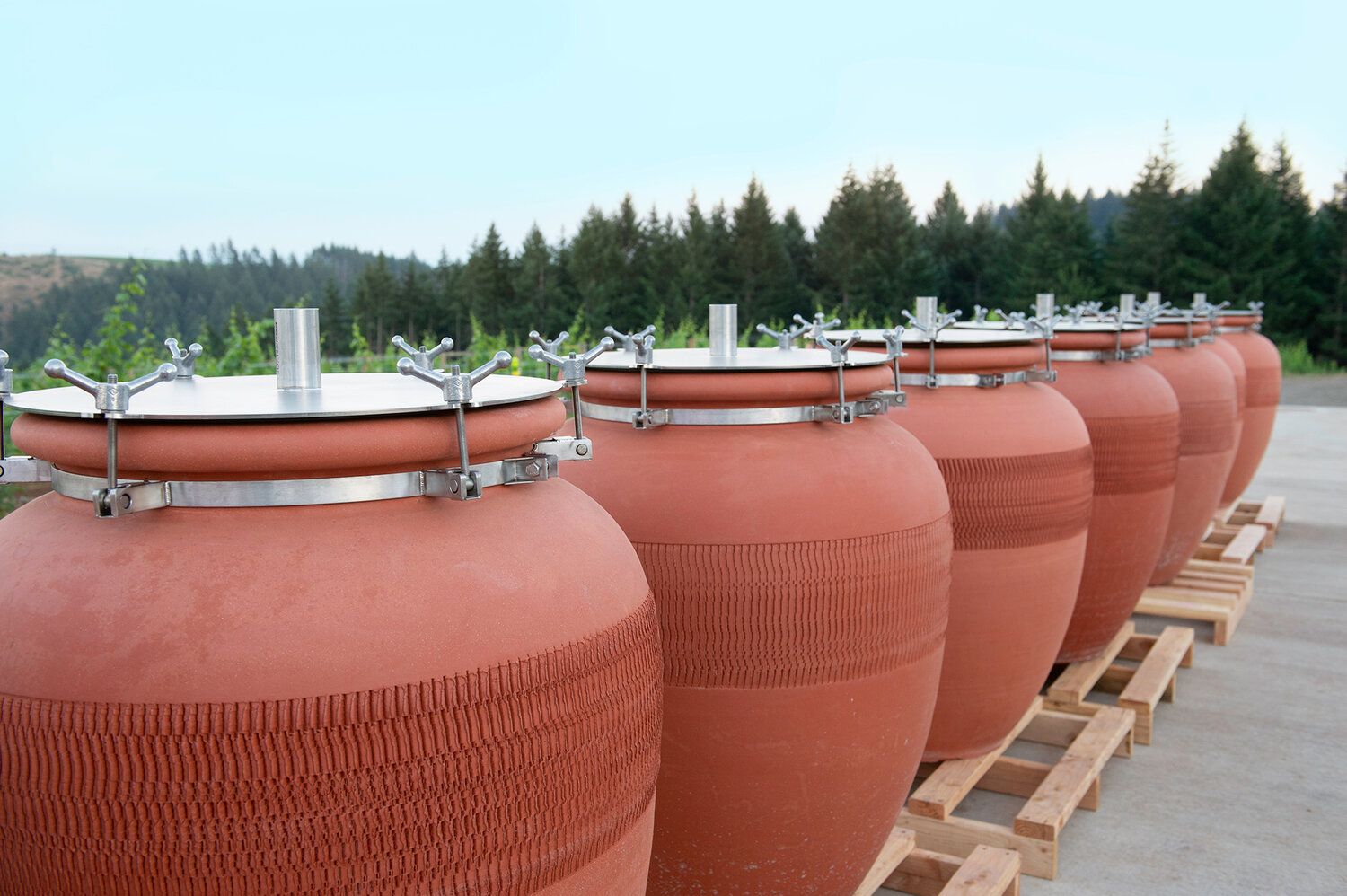
Amphoras hand crafted in Beckham Estate Vineyard in Oregon (Source: Beckham Estate Vineyard)
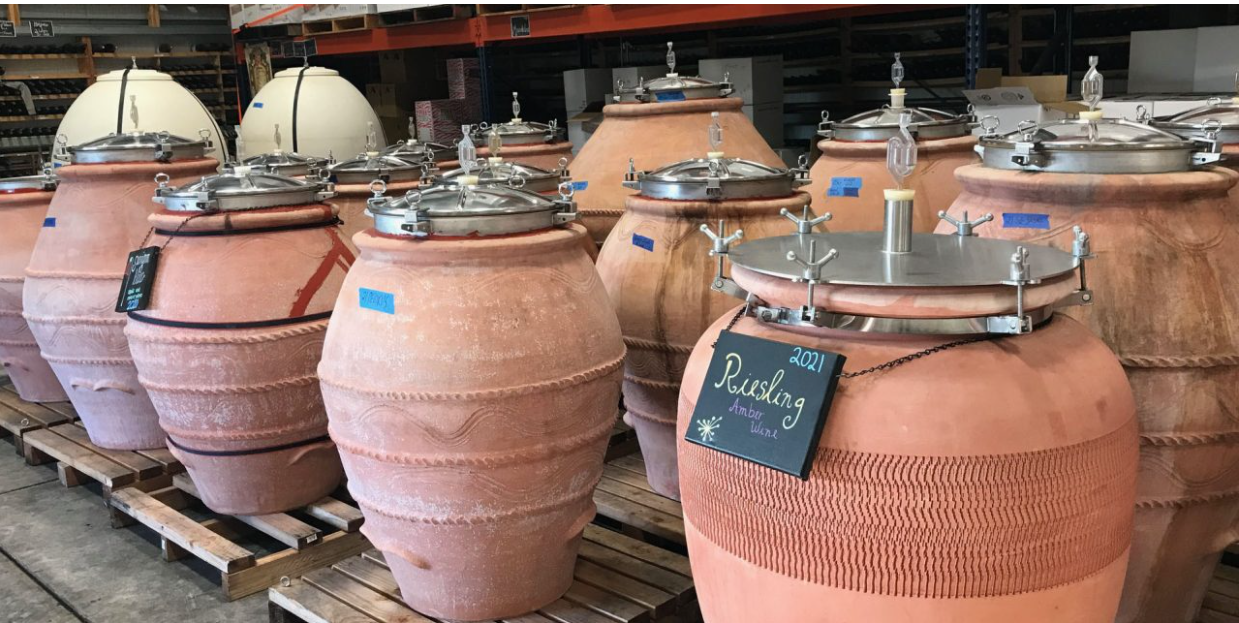
Winemaking using amphoras in Paso Robles (Source: Paso Robles Press)
Clay vessels’ effect on wine: Neutral flavor and micro-oxygenation
Clay vessels combine the benefits of both stainless-steel tanks and oak barrels. Like the inert stainless-steel tanks, they are flavor neutral which is key to producing “terroir-driven” wines, preserving original aromas and flavors without absorbing any from the vessel. However, unlike stainless steel tanks and much like oak barrels, there is a consistent level of micro-oxygenation allowed into the wine, thanks to the pot’s porous nature. This results in softening the tannins and in accelerating tertiary aromas like nuts, dried fruits, and chocolate, usually more associated with prolonged aging.
The shape and material of the amphora also play a role in winemaking. For instance, due to its oval shape, the must (crushed grapes and juice) in the jar keeps moving in a constant circular motion during fermentation, affecting the texture and flavor of the wine. Thanks to its narrow, and sometimes pointy bottom, the skins, seeds, and stems sink to the bottom after fermentation, filtering the wine naturally!
That said, there is also a level of experimentation in the production of the clay vessels. Winemakers try to customize them to their needs to better suit the wine styles they’re aiming to produce. This includes controlling the level of porosity, choosing the lining /coating, and changing the type of the lids depending on their functionality.
Clay vessels have so many benefits in winemaking but also have a major disadvantage of being more fragile than other winemaking vessels and they are harder to sanitize. But if handled and kept well they can last hundreds of years.
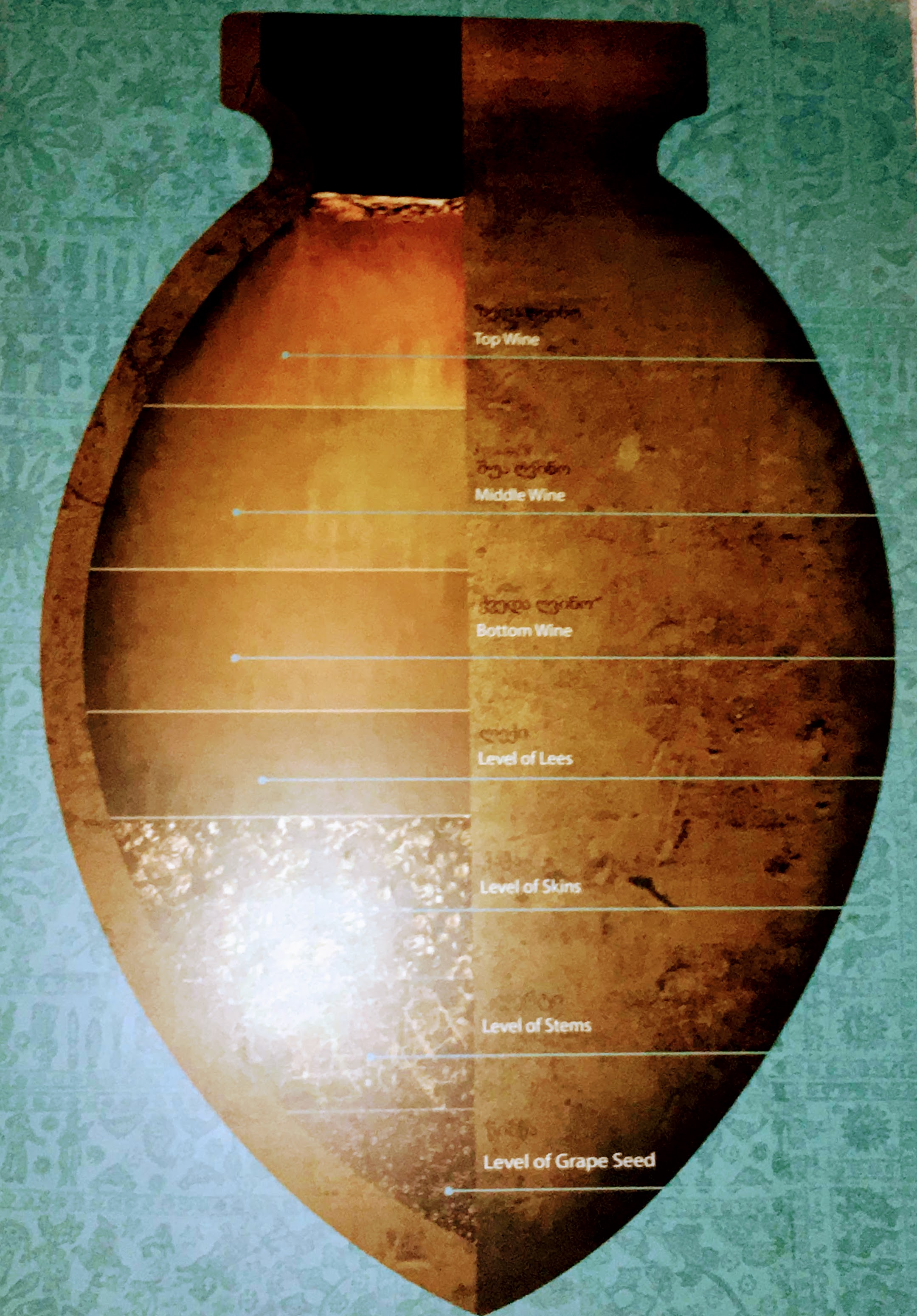
Can you tell an amphora wine by taste?
The jury is still out on this one, but most experts say that generally, one cannot tell if a wine is produced in amphora strictly by taste. While some claim that when “experiencing” these wines they can detect an earthy taste or that these wines have a “dusty mineral side”, experts say that this may be linked to less-than-perfect sanitization of the vessels prior to fermentation.
It’s important to note that not all wines that are said to be “amphora wines” lead their whole “lives” in amphora. It’s more common to have a hybrid of modern and ancient winemaking methods where amphoras, oak barrels, or concrete eggs can be involved in different stages of winemaking.
Future of winemaking in amphoras
Winemaking in clay vessels, which was once considered typical and standard thousands of years ago, has now become the rebellious approach to producing character-driven and authentic wines that stand out in international markets. The passionate philosophy/movement and rising popularity of low-intervention winemaking and natural wine is the major stimulant to the growth of clay vessel adoption in modern wineries today. However, it is the accessibility to good quality clay vessels, the possibility of customization, and an increase in awareness and skill using them, that will preserve this original winemaking vessel in the future as a staple in wineries for hundreds of years to come.
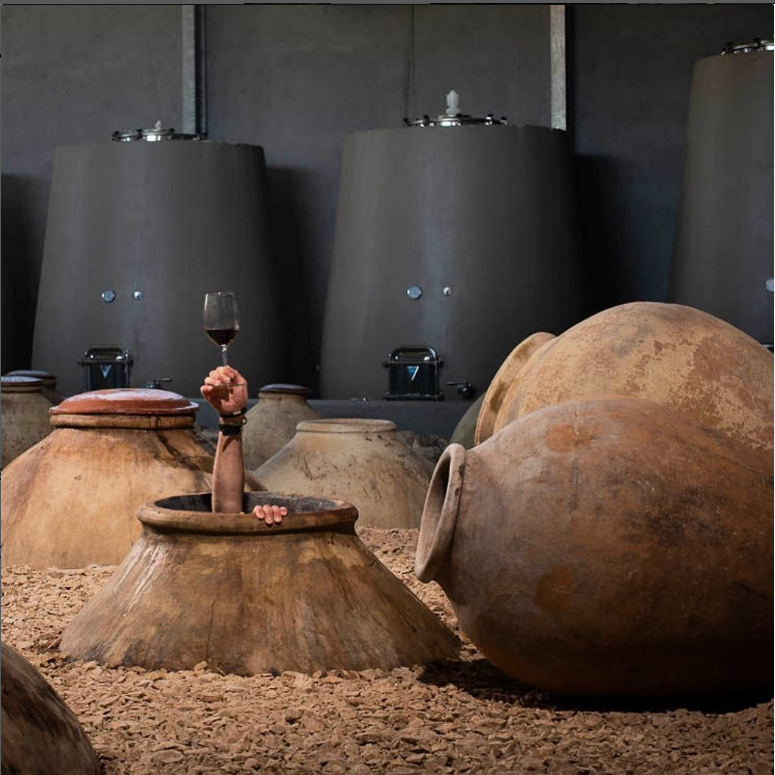
Utilizing karas to make wine traditionally in Armenia (Source: Zorah Winery)


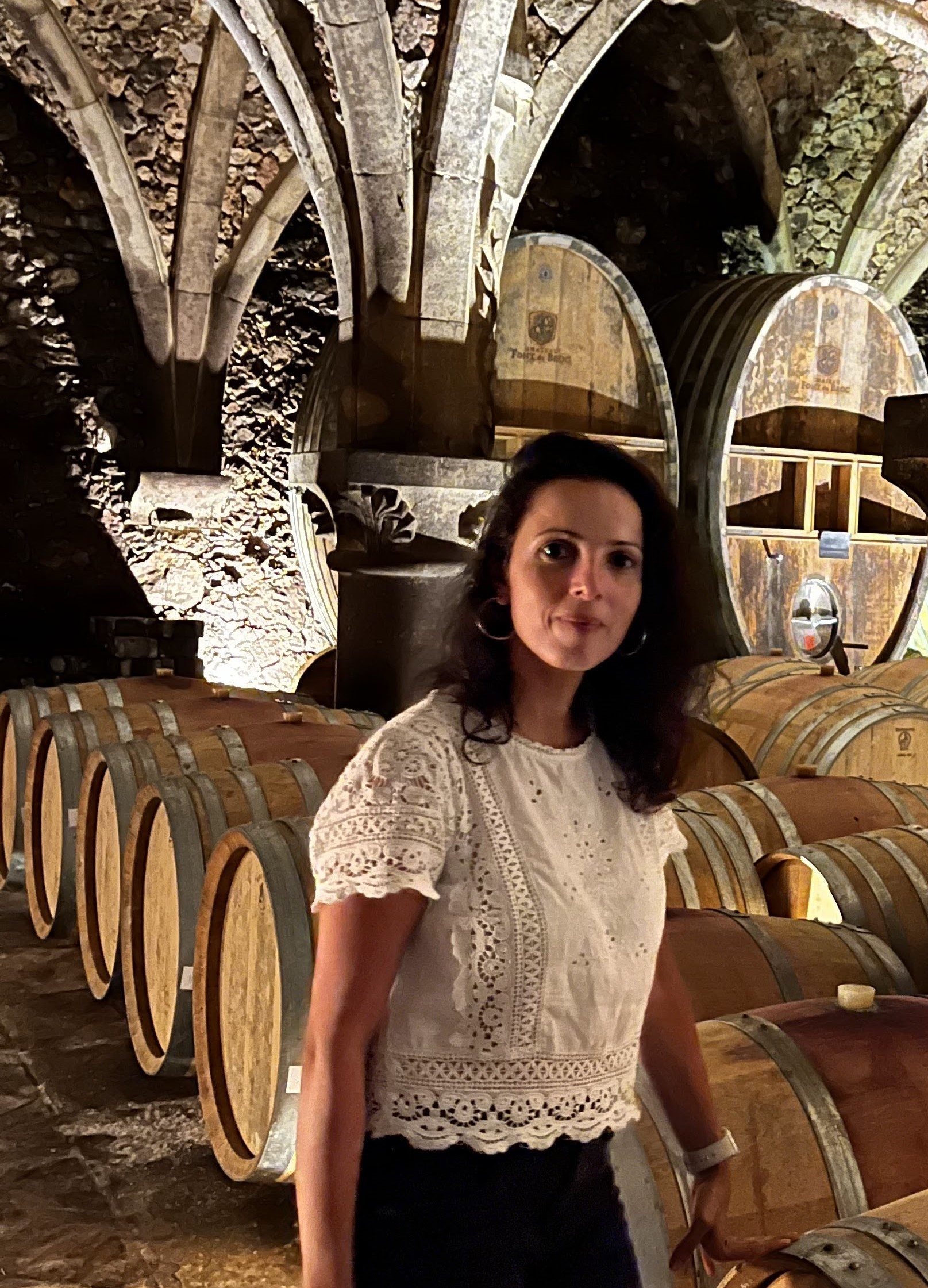
Rana is a certified WSET3 and French Wine Scholar. She is a forever student with a passion for wine stories and converting wine drinkers to enthusiasts following their own wine journeys. Rana comes from the ancient land of wine Lebanon and currently lives in Dubai with her other two passions, her kids.
IG: @thewineofthings
Website: https://thewineofthings.com


